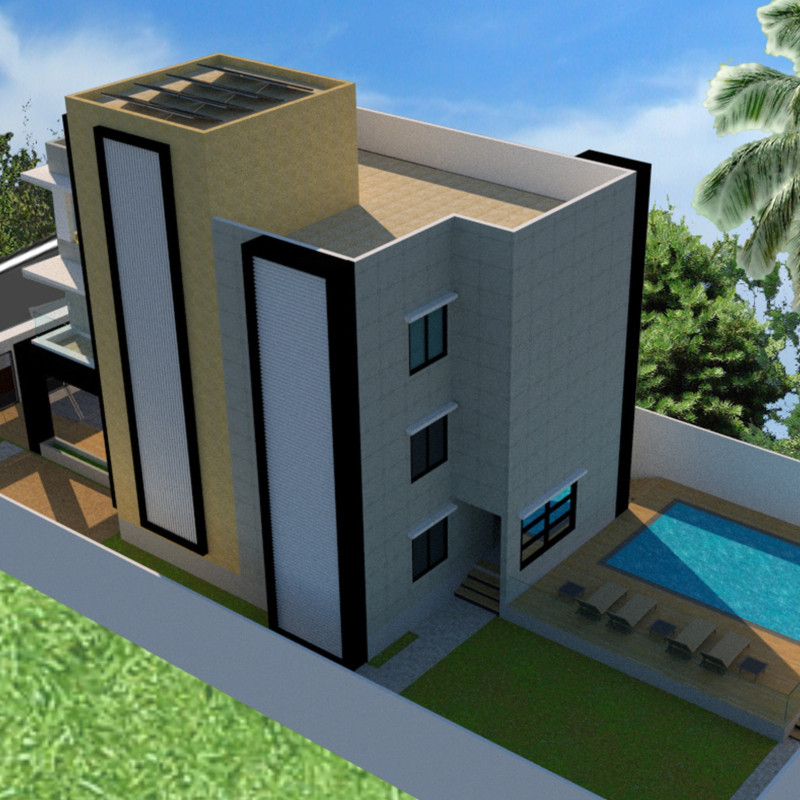5 key facts about this project
At its core, this project serves as a multi-purpose facility, designed to accommodate a variety of functions ranging from community gatherings to educational workshops. The architectural design seamlessly integrates these diverse uses, ensuring that each space is not only practical but also fosters a sense of belonging and collaboration among its users. The layout is thoughtfully arranged to optimize natural light and facilitate movement, which enhances the overall user experience.
Key elements of this project highlight its unique design approaches. One notable aspect is the use of transparent materials in various sections of the project. Large glass panels open up interior spaces to the outside, blurring the boundaries between nature and built environment. This design strategy invites natural light to permeate the building, creating a warm and welcoming atmosphere. The choice of materials goes beyond aesthetics; it reflects a commitment to energy efficiency and sustainability. Reclaimed wood, high-performance glass, and locally sourced stone are among the materials chosen for this project, showcasing a narrative of environmental responsibility that resonates throughout the architectural vision.
Additionally, the architectural plans indicate a thoughtful incorporation of green spaces. Courtyards and roof gardens are integrated into the design, allowing for pockets of tranquility amidst the bustling activity of the facility. These external areas not only enhance the aesthetics of the project but also provide opportunities for relaxation and social interaction. In this way, the landscape becomes an integral component of the architecture, highlighting the importance of nature in urban design.
The architectural sections reveal a dynamic interior layout that encourages interaction and flexibility. Flexible room configurations allow for quick adaptations to accommodate different events and activities, reinforcing the concept of a community hub. The spaces are designed to inspire creativity, with open areas encouraging collaborative work, while quieter zones cater to those seeking solitude for reflection or study. This balance of interactions is carefully curated to enhance user engagement while also catering to individual needs.
Furthermore, the project showcases a strong connection to its geographical location. It has been designed to reflect the cultural context of the community it serves. Local architectural styles have been reinterpreted within the framework of modern design, establishing a dialogue between tradition and contemporary practice. This contextual sensitivity ensures that the building is not merely placed within its surroundings but becomes a part of the local identity.
In summary, this architectural project exemplifies a well-considered approach that marries function with aesthetic and environmental responsibility. Its design showcases a range of materials that reinforce the vision of sustainability and community engagement while providing flexible spaces that adapt to various uses. The emphasis on natural light and green integration enriches the user experience, inviting everyone to make the space their own. For readers seeking to delve deeper into this project, exploring the architectural plans, sections, and designs will yield valuable insights into the intricate details and thoughtful design ideas that contribute to its overall success. The journey through these architectural elements will undoubtedly enhance appreciation for the careful considerations that make this project a significant addition to the architectural landscape.


























